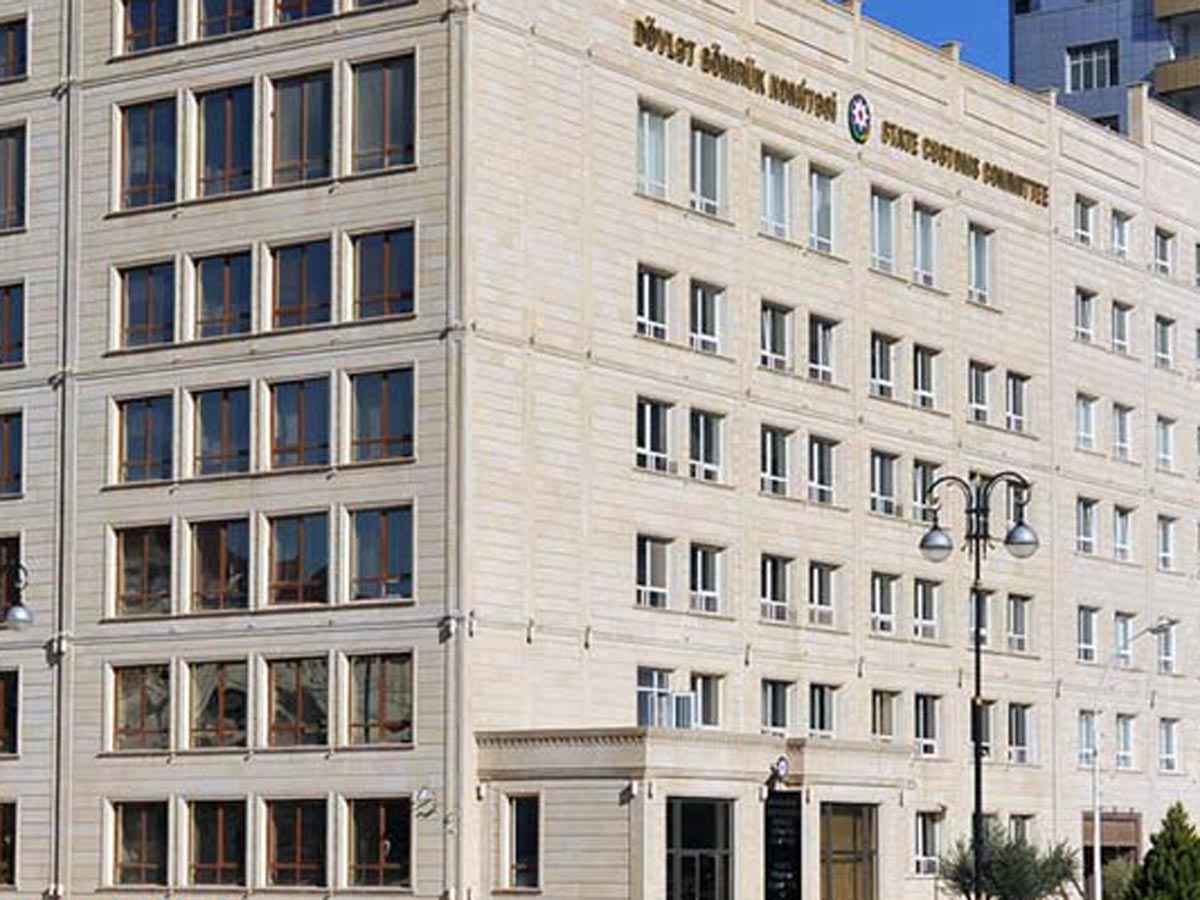Baku, Azerbaijan, Jan. 2
By Azad Hasanli – Trend:
Azerbaijan switched to a new system of customs duties on Jan. 1. The new duties will be regulated by the “Goods Nomenclature of Foreign Economic Activity, Customs Rates for Import and Export.”
In this regard, two documents – “Rates of Customs Duties on Goods Imported to Azerbaijan” and “List of Goods Subject to Export Customs Duties and Rates of Export Customs Duties” – lose their force.
Since 2001, the customs rates of 0, 0.5, 1, 3, 5, 10 and 15 percent were applied in the country. Starting from this year, only rates of 0, 5 and 15 percent on imported raw materials and goods are applied in Azerbaijan.
The majority of the goods (raw materials and equipment) are exempt from customs duties starting from this year.
Besides, starting from 2018, the custom duties of 15 percent are applied for the import of finished products to Azerbaijan. In particular, customs duties for import of cars have been raised.
Under the new tariffs, the duty on the import of new cars with an engine capacity of 1,500 cubic centimeters and more is $0.7 per each cubic centimeter, and for used cars with the same engine volume – $1.2 per each cubic centimeter.
Earlier, the customs duty on the import of new cars with an engine capacity of 1,500 cubic centimeters or more was $0.4 per each cubic centimeter, and for used cars – $0.7 per each cubic centimeter.
For new and used cars with an engine capacity of less than 1,500 cubic centimeters, the import customs duty remained unchanged at $0.4 and $0.7 per each cubic centimeter, respectively.
The decision was made to improve effectiveness of foreign economic activity, strengthening state support for domestic production and non-oil exports, protecting the domestic market, as well as switching to a system with fewer customs duties.






